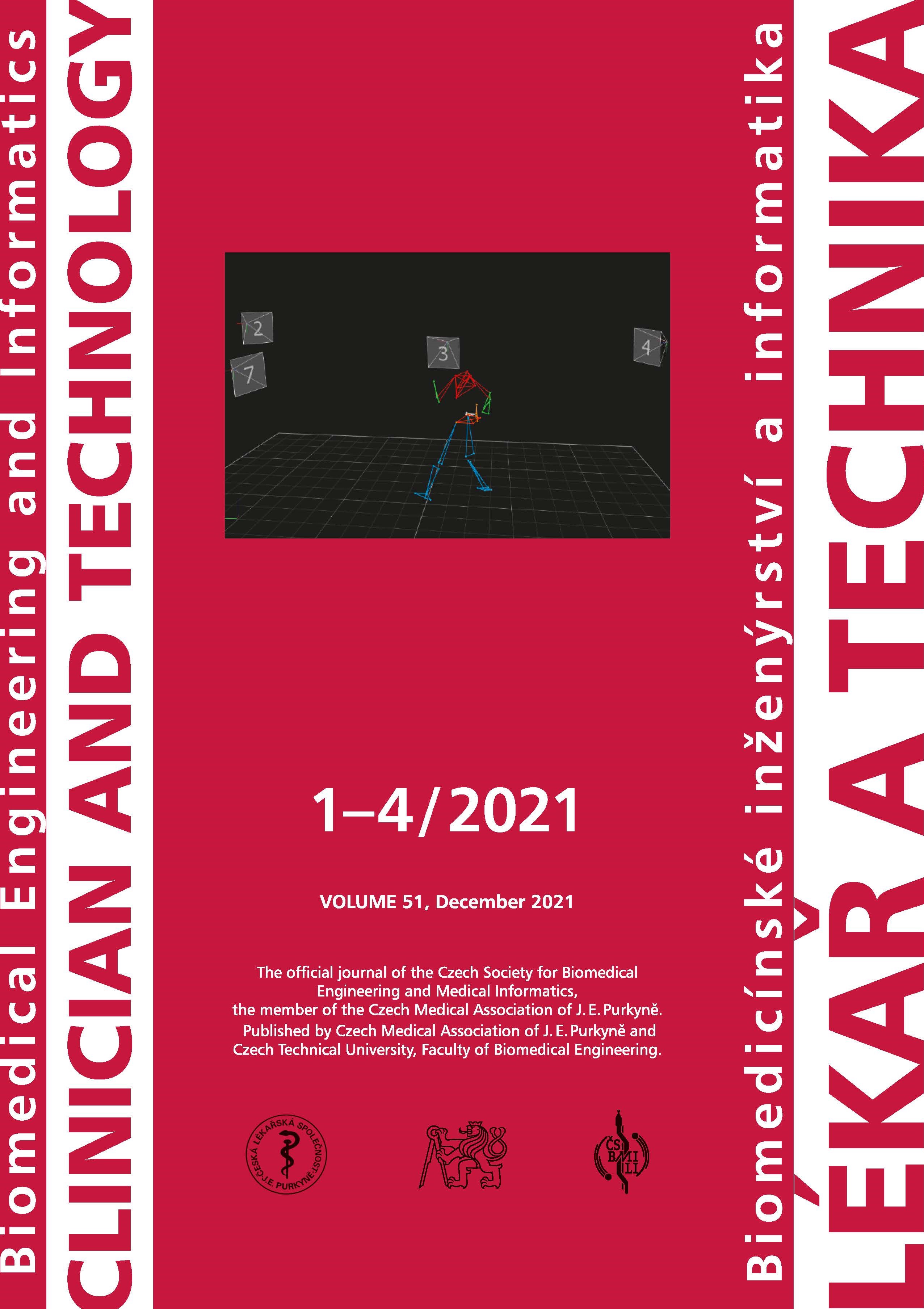INVESTIGATION OF EXTREMELY LOW-FREQUENCY MAGNETIC FIELD BIOEFFECT AT CELLULAR LEVEL CONCERNING ICNIRP GUIDELINES AND EXPOSURE LIMITS
DOI:
https://doi.org/10.14311/CTJ.2021.1.04Abstract
The article deals with the possible influence of an extremely low-frequency magnetic field on cellular structures. The work is carried out to verify the change of growth dynamics of exposed samples by application of a time-varying magnetic field, with a specified action value of magnetic flux density, valid in the European Union. The frequency of applied field was preliminarily confirmed as biologically active, under conditions for Ion Parametric Resonance theory, in experimental work focused on targeting Ca2+ ions bound in specific positions on cellular membranes of eukaryotic cells. In thirty experiments, the authors use the dynamics of growth over a time horizon of eight hours to elucidate the effect of the field on the proliferation activity of the cells. Since living beings are exposed to similar electromagnetic fields daily, the presented article shed some light on whether, or not the irradiation has brought a statistically significant effect under conditions specified in ICNIRP guidelines and recommendations.
Downloads
Published
Issue
Section
License
Copyright (c) 2022 Marek Bajtoš, Roman Radil, Klaudia Hargasova, Zuzana Judakova, Lucia ˇČarnecká, Ladislav Janoušek

This work is licensed under a Creative Commons Attribution 4.0 International License.
Authors who publish with this journal agree to the following terms:
- Authors retain copyright and grant the journal right of the first publication with the work simultaneously licensed under a Creative Commons Attribution License (https://creativecommons.org/licenses/by/4.0/) that allows others to share the work with an acknowledgment of the work's authorship and initial publication in CTJ.
- Authors are able to enter into separate, additional contractual arrangements for the non-exclusive distribution of the journal’s published version of the work (e.g., post it to an institutional repository or publish it in a book), with an acknowledgment of its initial publication in this journal.
- Authors are permitted and encouraged to post their work online (e.g., in institutional repositories or on their website or ResearchGate) prior to and during the submission process, as it can lead to productive exchanges.
CTJ requires that all of the content of the manuscript has been created by its respective authors or that permission to use a copyrighted material has been obtained by the authors before submitting the manuscript to CTJ. CTJ requires that authors have not used any copyrighted material illegally, as for example a picture from another journal or book, a photo, etc. It is the author’s responsibility to use only materials not violating the copyright law. When in doubt, CTJ may ask the authors to supply the pertinent permission or agreement about the use of a copyrighted material.
The opinions expressed in CTJ articles are those of authors and do not necessarily reflect the views of the publishers or the Czech Society for Biomedical Engineering and Medical Informatics.


